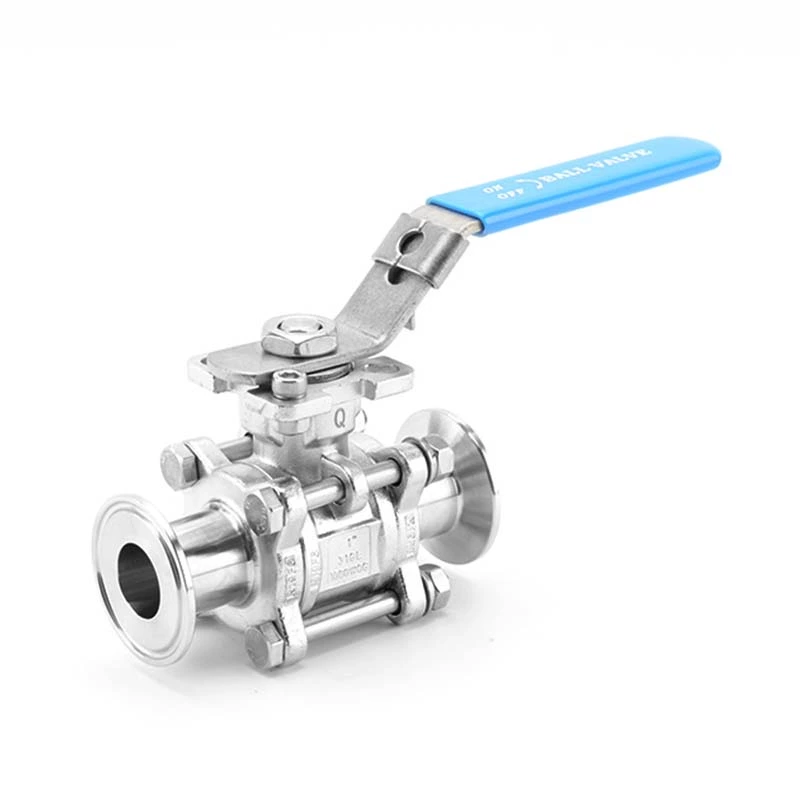Common Knowledge Of Sanitary Valves
Sanitary Valve Types:
Sanitary valves have requirements for their valve body materials and sealing materials. The material is basically stainless steel, and the valve seat sealing surface should use healthy materials, such as stainless steel for hard seals and rubber for soft seals (EPDM rubber is usually used within 140°C, and fluororubber is toxic and cannot be used.) The more common sanitary valves are: sanitary butterfly valves, sanitary ball valves, sanitary check valves, sanitary solenoid valves, and sanitary diaphragm valves.
Requirements for mechanical seals of sanitary valves:
1. Meet GMP requirements;
2. Surface finish is above 1.6;
3. The contact surface can be cleaned and disinfected in situ;
4. The transition is smooth and there is no accumulation of materials;
5. There is a structure outside the sealing surface to prevent cross-linking.
The difference between sanitary valves and ordinary valves:
Strictly speaking, sanitary valves have very high manufacturing standards. They are mainly developed for some biological fermentation enterprises and have particularly high requirements for the finish of the valve flow channel. Most of the parts of sanitary valves that come into contact with the media are made of stainless steel, and the material is generally 304SS or 316 stainless steel, that is, healthy, clean and smooth materials that will not produce corrosion and fall off. After production and processing, they are specially treated and cannot be compared with industrial valves in many aspects, such as cleanliness, simple installation, etc. They are valves specially used in the manufacture of food, medicine and other industries.
Industrial valves are generally formulated according to the needs of the working conditions. Many of them are used in high temperature and high pressure working environments. They are widely used in machinery, metallurgy, petrochemical, chemical industry, urban construction and other industries. They have the characteristics of long life and flexible operation. Although the appearance and interior are not as smooth and beautiful as sanitary valves, they are irreplaceable by sanitary valves in many places.
